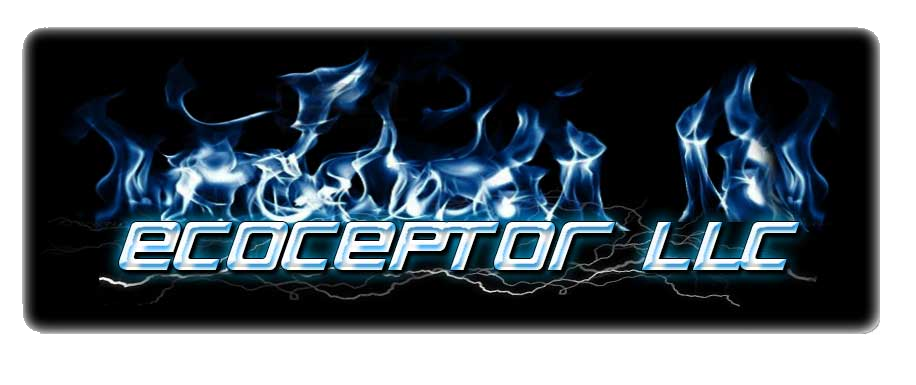Magnetic Heat Exchanger (MHE)
Liquid fuel doesn’t burn — only the fuel that is fully vaporized and in contact with an oxygen molecule can burn and release power. With only a small time window to harness the combustion pressures, most of the fuel in an engine burns too late to contribute. It burns going out the exhaust, and in the catalytic converter (see Combustion Characteristics Considered). One way to improve engine performance & economy is to pre-condition the fuel so more of it is in a vapor state when the spark plug fires.
How Does Heating the Fuel Help?
Liquids are “Clusters” of tiny solids floating around each other. Using water as an example, as temperatures get colder, the clusters get larger until they all become one huge cluster — ice! At the other end, as temperatures rise, the clusters get smaller until they finally break up completely and become humidity; free-floating molecules, not bound within a cluster.
If you ever used a pressure cooker you undoubtedly noticed that the steam released from the pressure valve was only visible for a very short distance. After that it became humidity (which we cannot see). The temperature was so high that the water could not exist in a liquid form — not even as tiny droplets of visible steam.
Ideally we would heat the fuel enough that it would instantly vaporize as it passed from the high-pressure fuel rail, through the fuel injector, into the low-pressure intake manifold. Realistically, the mechanical limitations of the injectors and other parts prohibit such high temperatures. However, hotter fuel vaporizes more thoroughly before the spark plug fires, and makes more power. Adding just a few degrees of heat to the fuel helps noticeably.
(For a more detailed description of the effects of heating the fuel, see Combustible Caliente.)
How Do The Magnets Work?
Laboratory studies on the effects of magnets — not only on fuel, but also water, human blood; just about any liquid — have been carried out for decades. These studies noted that magnets could break larger clusters into smaller clusters, even without adding heat. Many studies also claim that the Hydrogen element of a HydroCarbon (HC) fuel — like gasoline or diesel — would change from Para-Hydrogen to Ortho-Hydrogen. This change makes the fuel molecule react more readily with oxygen, while releasing more energy in combustion. The difference between Para- and Ortho-Hydrogen is the spin of the outer orbital electron.
The MHE uses 4 extremely powerful (80k Gauss!!) doughnut shaped magnets that reverse polarity at each stage. The fuel travels up the center hole and enters the first magnet where North is to the left and South to the right. This magnetic pull interacts with the Protons and Electrons in the individual molecules, stretching them. When it gets to the second magnet, polarities are reversed. This snaps the fuel clusters around causing a shearing effect. There are then 2 more magnets to repeat this process. This results in smaller clusters.
(For a more detailed description of magnetism effects on fuel, see Magnet Mysteries.)
The Big Picture
The installation requires disconnecting the factory fuel hose from the fuel injection rail. The MHE kit includes special adaptors, connectors, and automotive-grade fuel line, so no modifications are made to your stock components. Using the adaptors, clamps, and hose, the MHE becomes part of your fuel delivery system. It is strapped to a coolant hose to absorb some of the heat. To further enhance “thermal transfer”, the MHE is then wrapped in a fiberglass insulation. The wrap helps hold more heat in the MHE so it is available to influence the fuel.
So What Does This Mean to Me?
The MHE combines the benefits of adding heat to the fuel, and the magnetic shearing effect on clusters. This means the MHE will precondition your fuel so more of it burns in the engine when it counts, and less of it will feed the catalytic converter; or worse, pollute the air. It means you get better engine performance. It means better fuel economy. It means you are doing your part to help Earth. Furthermore, once installed, you never have to worry about it again. There are no maintenance requirements, nothing to add, nothing to replace!
What Does It Take To Get One?
The MHE becomes part of the fuel line. Installation requires disconnecting your factory fuel hose from the fuel rail. Due to the potential safety hazards of fuel, this is not a typical DIY installation. It is recommended the MHE be installed by one of our trained professionals (second best is a competent mechanic). However, we do have an installation video so you can see what is involved.
FE2
